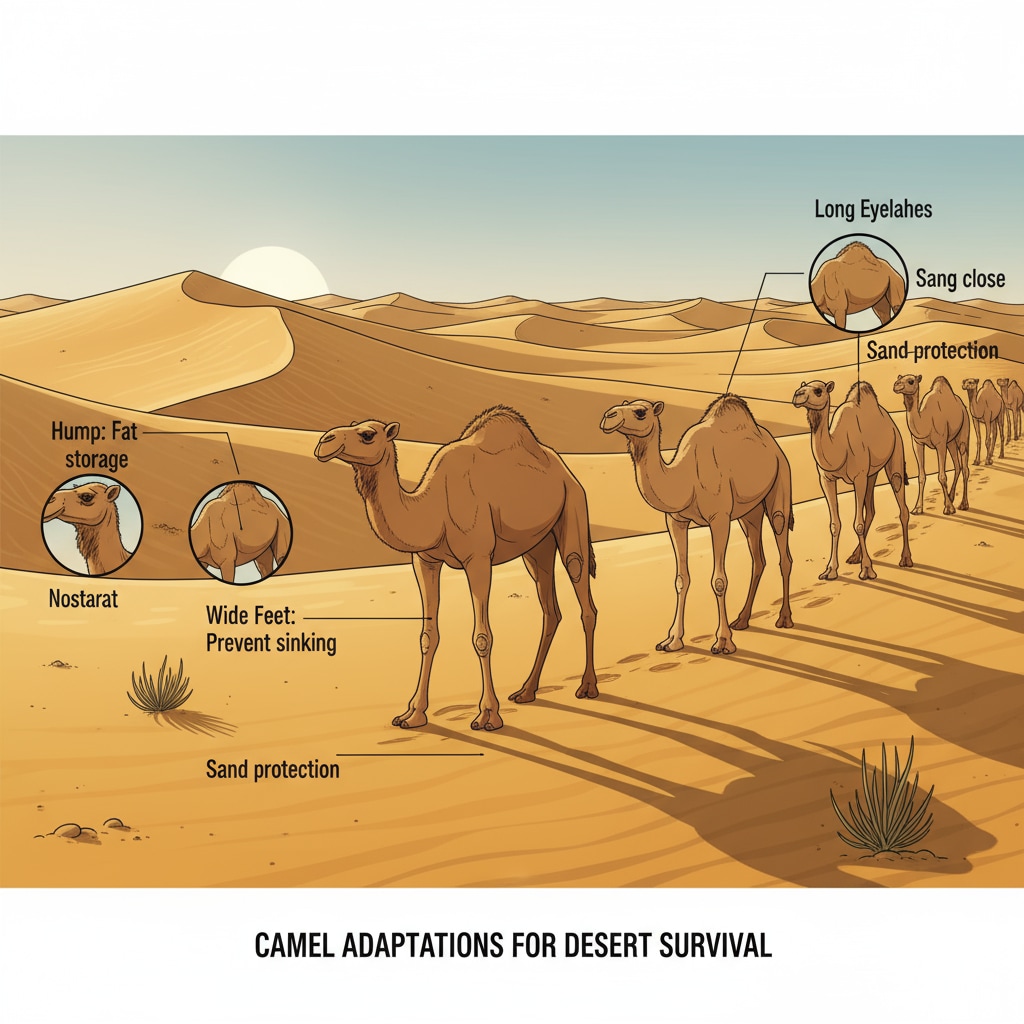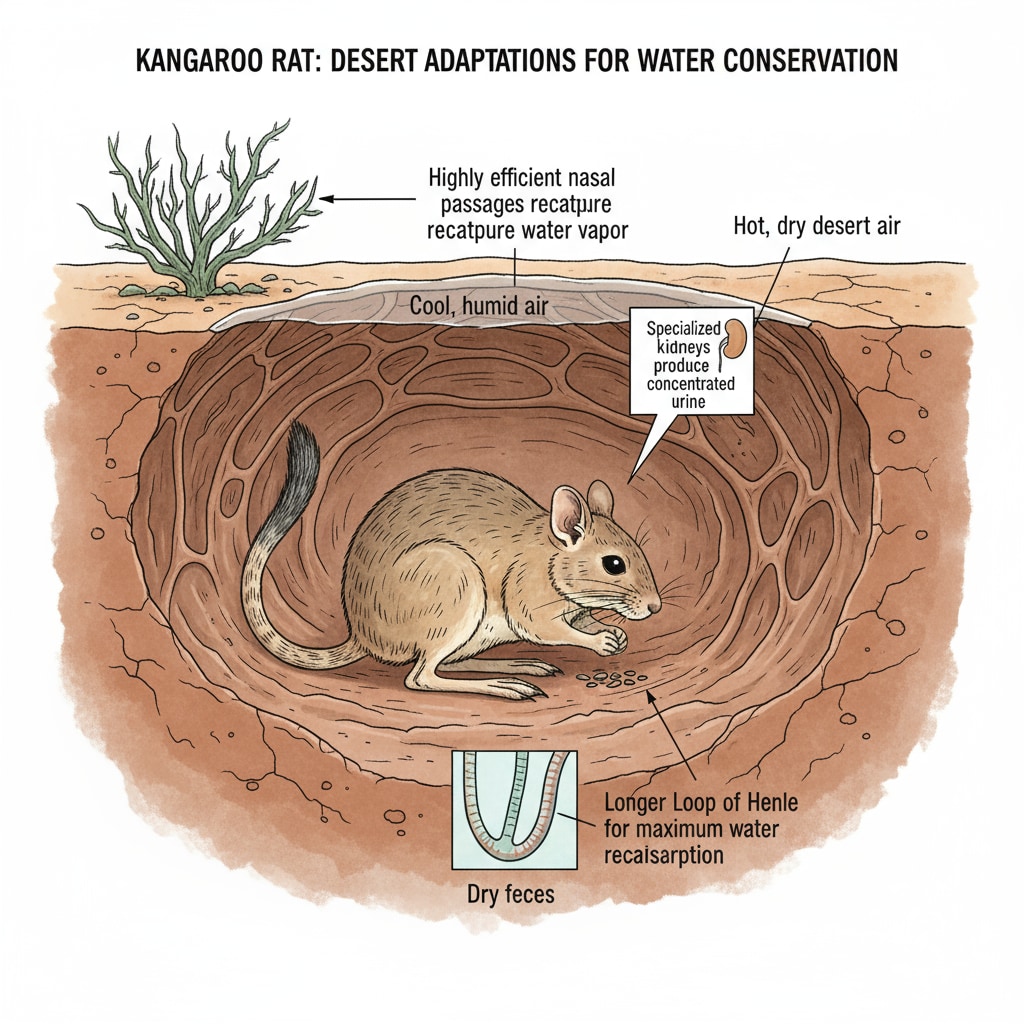Desert animals, with their remarkable evolutionary adaptations and survival mechanisms, offer a treasure trove of knowledge for K12 natural science education. These unique creatures have evolved over time to thrive in one of the harshest environments on Earth – the desert.

The Wonders of Desert Animal Adaptations
Desert animals have developed a plethora of adaptations to cope with the extreme conditions. For example, many desert mammals, like the kangaroo rat, have highly efficient kidneys. This adaptation allows them to conserve water by producing highly concentrated urine. As a result, they can survive for long periods without drinking water. According to Wikipedia’s Desert Ecosystem page, these adaptations are crucial for their survival in arid environments.

Evolutionary Strategies for Survival
Another fascinating aspect is the evolutionary strategies these animals employ. Some desert animals are nocturnal, which helps them avoid the intense heat of the day. Creatures such as the fennec fox come out at night when the temperatures are more tolerable. They have large ears that not only help them detect prey but also dissipate heat, a remarkable adaptation for maintaining body temperature. As stated on Britannica’s Fennec Fox entry, these features are the result of long-term evolution.
Moreover, the coloration of desert animals often serves as a form of camouflage. Many are sandy-colored, blending in with the desert landscape. This helps them hide from predators and sneak up on prey.
Readability guidance: In this article, we have explored how desert animals’ adaptations and survival mechanisms can be used as educational resources. By presenting these real-life examples, students can better understand biological concepts. Using short paragraphs and simple language, we aim to make this knowledge accessible to all. We’ve also incorporated external links to reliable sources for further learning.


